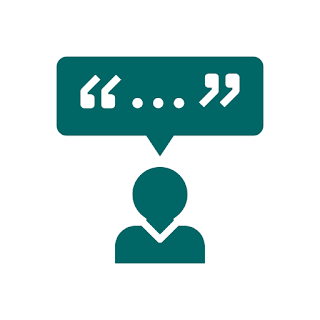Sam Spinale
ss730219@ohio.edu
As recently discussed, society's trust within the media is at an all-time low. That lack of trust could quickly be based upon the challenge each reader is faced with when deciphering if any given story is filled with fake information. Now that social media is more accessible than ever before, it's pretty easy for someone to share a piece of information that may or may not be accurate. Readers are left with the task of figuring out who is a reliable source and pretending to be one.
Why does fake news spread on social media?
Many people are beginning to use social media for their regular news, so social media users need to determine authenticity from fake online. Peter Suciu from Forbes explained that "According to a Pew Research Service study from January, more than eight in ten U.S. adults (86 percent) said they get their news from a smartphone." With this, it's easy to see why fake news spreads so rapidly on social media. However, without these adults knowing what is real from fake, the false news will always continue to spread.
Another issue that Suciu says adds to the fake news problem on social media is that misinformation acts like clickbait and gets some of the most clicks online. Social media platforms have no desire to remove the fake news to add to the issue. Instead, they tend to profit more from the misinformation online. The engagement rates with outrageous information are some of the highest, which means that fake news will continue to spread very rapidly.
Why is spotting fake news better than stopping it?
Unfortunately, fake information online isn't going anywhere. According to Suciu, social media platforms will never remove it in an attempt to make a profit, and users will continue to create it "in an attempt to influence outcomes" online and in life. Because of this, it's essential to understand how to spot fake information on social media.
How do you spot fake news on social media?
Spotting fake news online can be easy, but sometimes, it's a little harder to point out. So it's important, first, to know the types of fake news online. According to the American Press Institute, "Some of it is spread without malicious intent, which is generally called misinformation. Some of it is designed to mislead or disrupt, known as disinformation. And some is aimed at swaying public opinion or beliefs by distorting the facts, which is a classic definition of propaganda."
While it may seem overwhelming to determine what the absolute truth is online, always remember that if the content you are reading is "triggering an emotional response," according to ABC News, it might not be the most reliable.
ABC News also provided five tips to help prevent and find fake information online. First, search online for the information or claim. Next, check if other reputable news sources write about this exact topic. Next, look at who posted the content by looking at their profile, seeing what other information they tend to post, and seeing how long they have been active. Then, check the account's profile image to see if it is authentic or a stock photo, or an image of a celebrity. Later, search for other social media accounts from this person. Find out if they have any religious or political affiliation that might sway them to post the possible fake information. Finally, inspect the content the account posted. If the information stated looks too good to be true, it most likely is.









